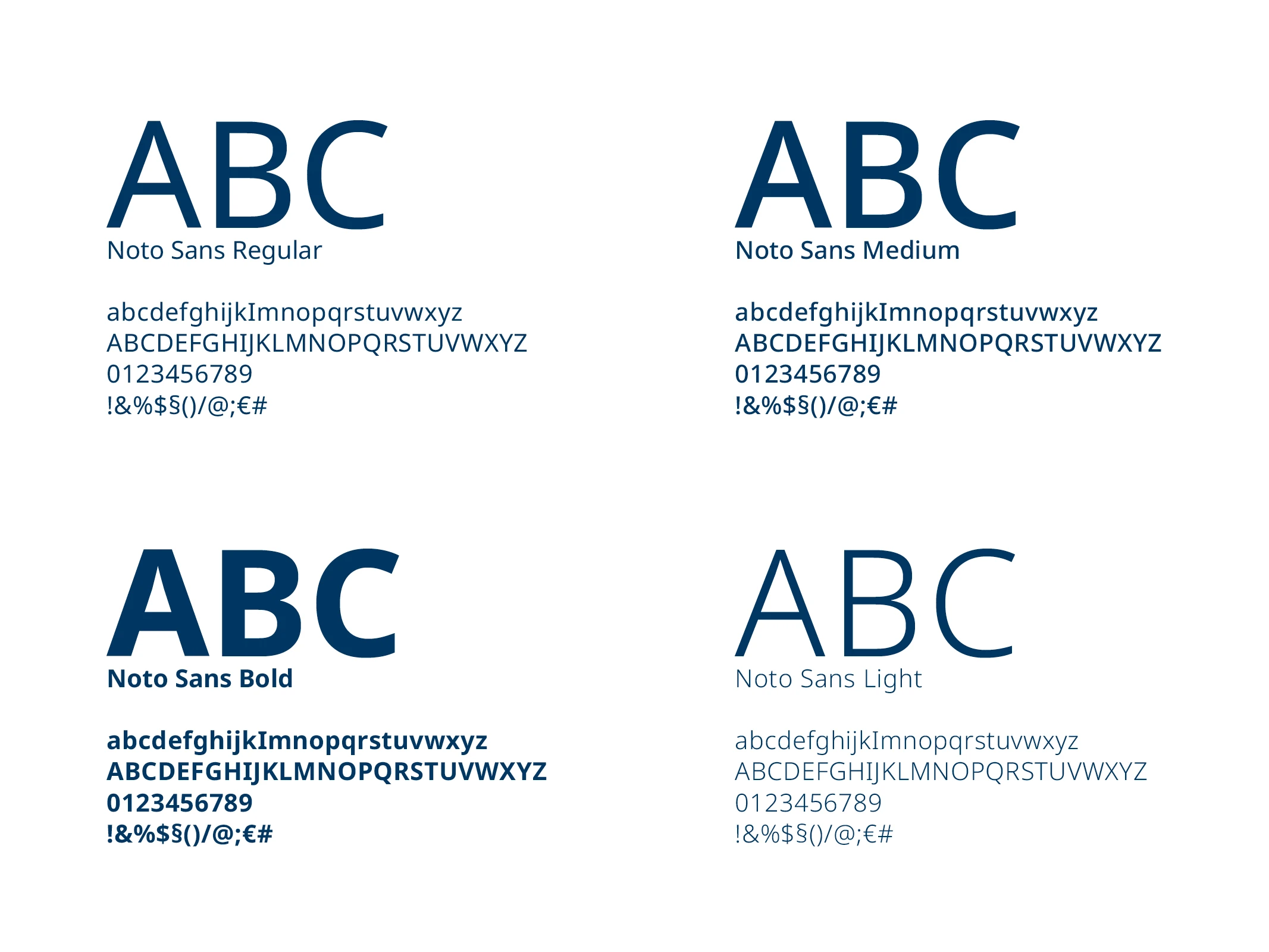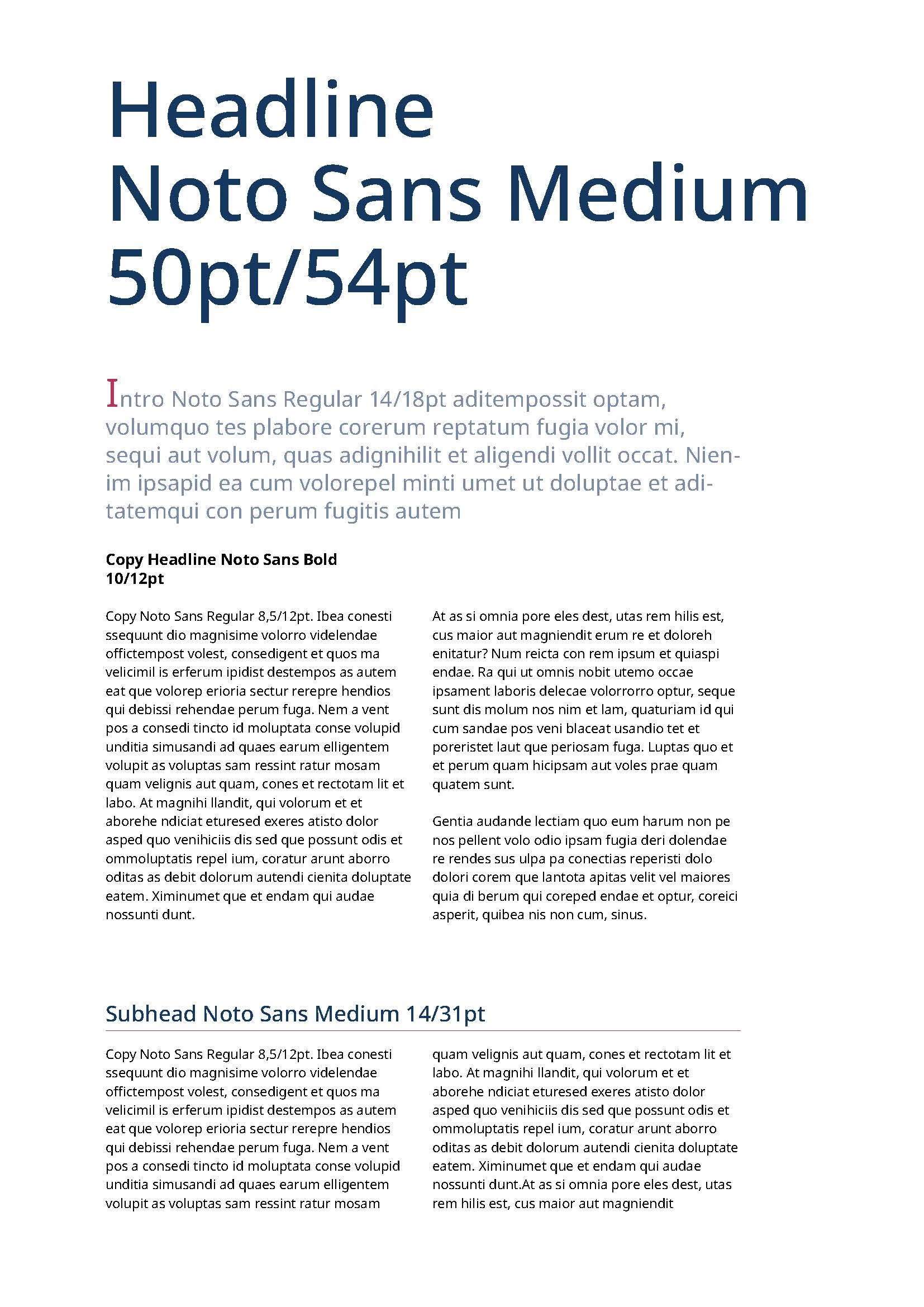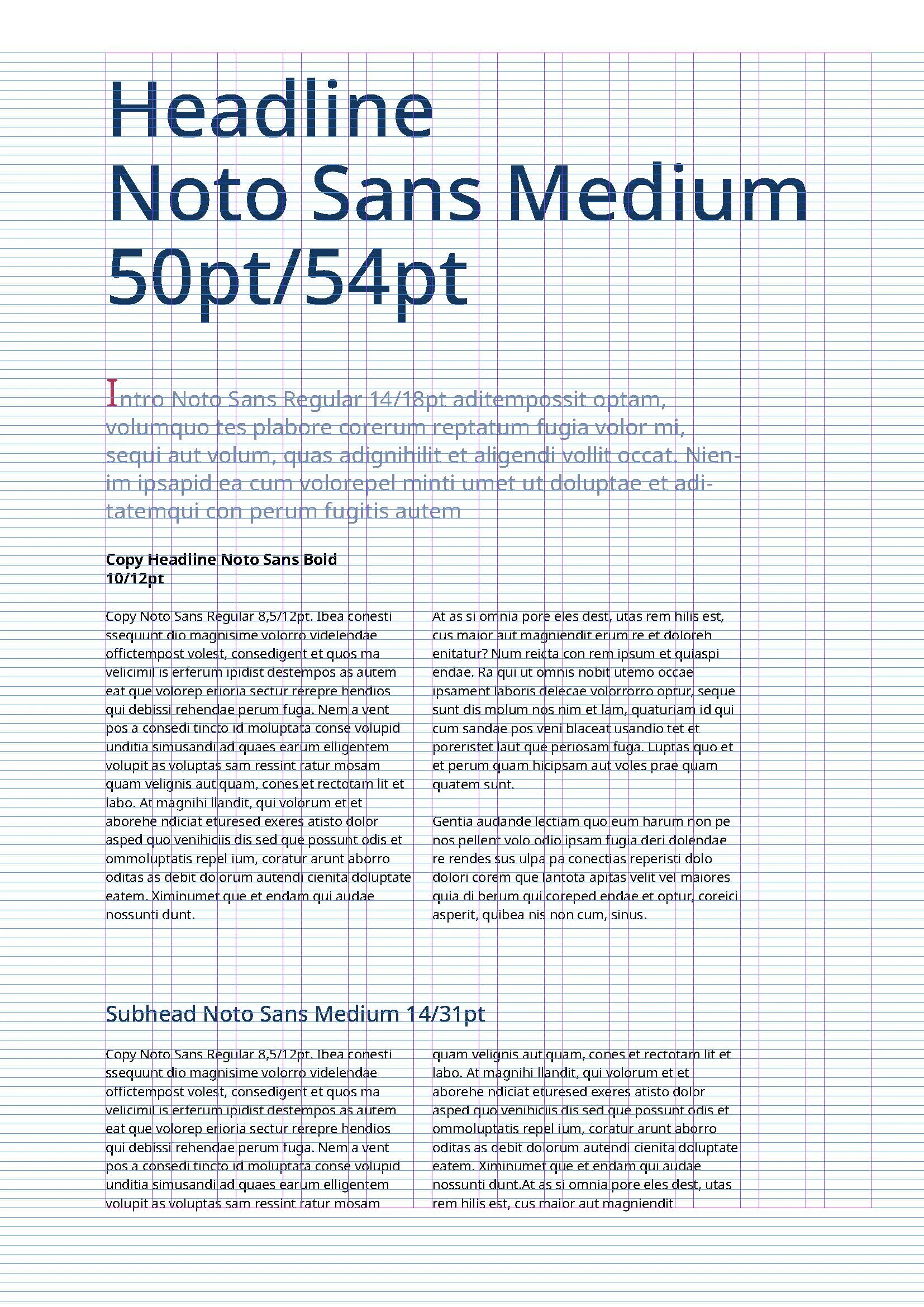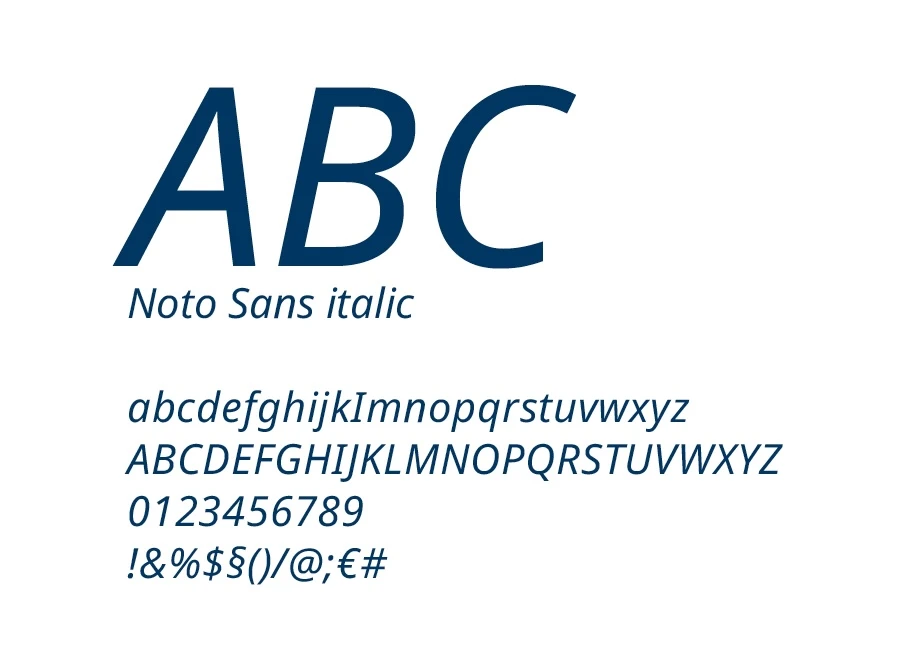The MTU corporate typeface
newMTU’s corporate typeface is Noto Sans. It is a Google font and freely available.
Noto Sans is functional, modern, open, and suitable for international use. Its clear design and neutral, contemporary appearance underline MTU’s technological focus. Noto Sans is used in both digital and analog applications and is noted for its high degree of design flexibility.
It completely replaces the previous corporate typeface, Corporate S / A.
The Noto Sans font can be downloaded here:
fonts.google.com/noto/specimen/Noto+Sans
Please note the license terms:
fonts.google.com/noto/specimen/Noto+Sans/license




